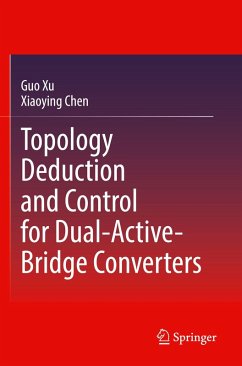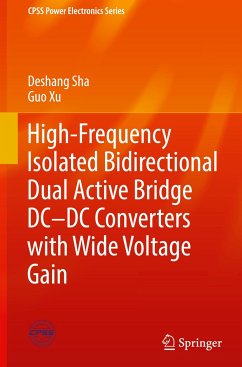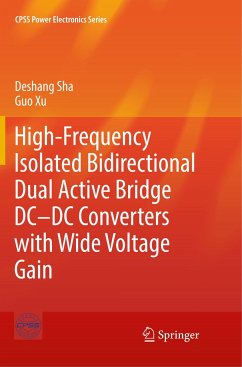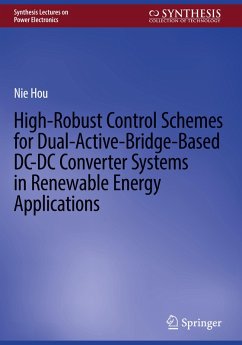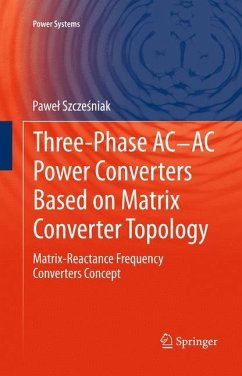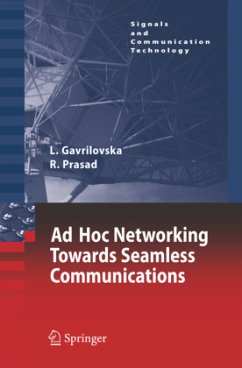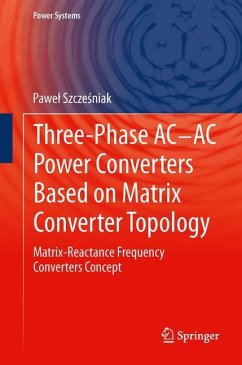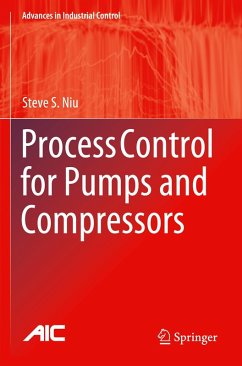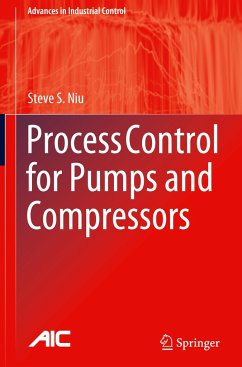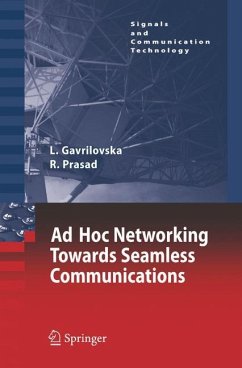
Topology Deduction and Control for Dual-Active-Bridge Converters
Versandkostenfrei!
Versandfertig in 1-2 Wochen
123,99 €
inkl. MwSt.
Weitere Ausgaben:

PAYBACK Punkte
62 °P sammeln!
This book provides a comprehensive review and classification for dual active bridge DC-DC converters. Based on the unified topology architecture of the dual active bridge DC-DC converters, the topologies derivation law is studied and new converter topologies are deducted correspondingly. Several novel converters are provided to illustrate different topology modification methods, including modified IO types, modified active bridges, modified transformers, adding auxiliary high-frequency networks, and modular topology structure. Meanwhile, the control optimization and the parameter design of the...
This book provides a comprehensive review and classification for dual active bridge DC-DC converters. Based on the unified topology architecture of the dual active bridge DC-DC converters, the topologies derivation law is studied and new converter topologies are deducted correspondingly. Several novel converters are provided to illustrate different topology modification methods, including modified IO types, modified active bridges, modified transformers, adding auxiliary high-frequency networks, and modular topology structure. Meanwhile, the control optimization and the parameter design of the novel converters are also investigated.



